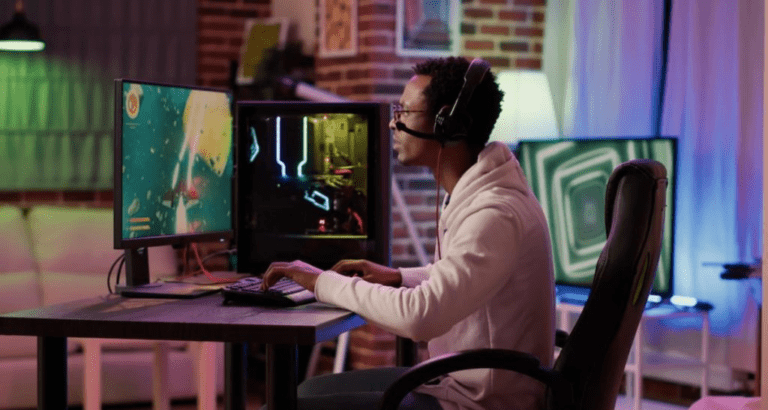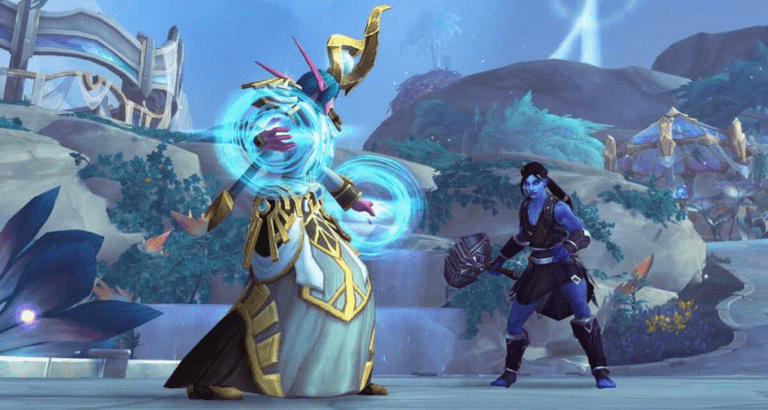Building a video game is a huge undertaking! It takes tons of time, many talented people working together, and a lot of resources.
So, once the game is finished and ready for players, the folks who made it need ways to earn money. This helps them cover the massive costs they have already spent and, just as important, gives them the money needed to make more games in the future.
This is where game monetization models come in. In this article, we’ll look at some of the most common ways games make their money these days, with added examples, of course!
Why are game monetization models so important?

Understanding game monetization models is important even if you’re a casual gamer.
Why? Well, because making games costs a lot! We’re talking about paying for all the software, the computers, the salaries for artists, programmers, designers, writers, and everyone else on the team – sometimes hundreds or even thousands of people working for years.
Monetization is how those costs get recouped post-launch, potentially turning to massive profits.
But it’s not just about the initial price tag – many games, especially online ones, need constant updates, server maintenance, marketing, and customer support. That costs money every single day, so successful monetization allows studios to keep their lights on, pay their staff, and have the funds to start developing their next big idea.
Different ways of making money also let creators choose how they want players to experience their game and can totally change how a game is designed. See below:
Premium, the classic “buy it once” model
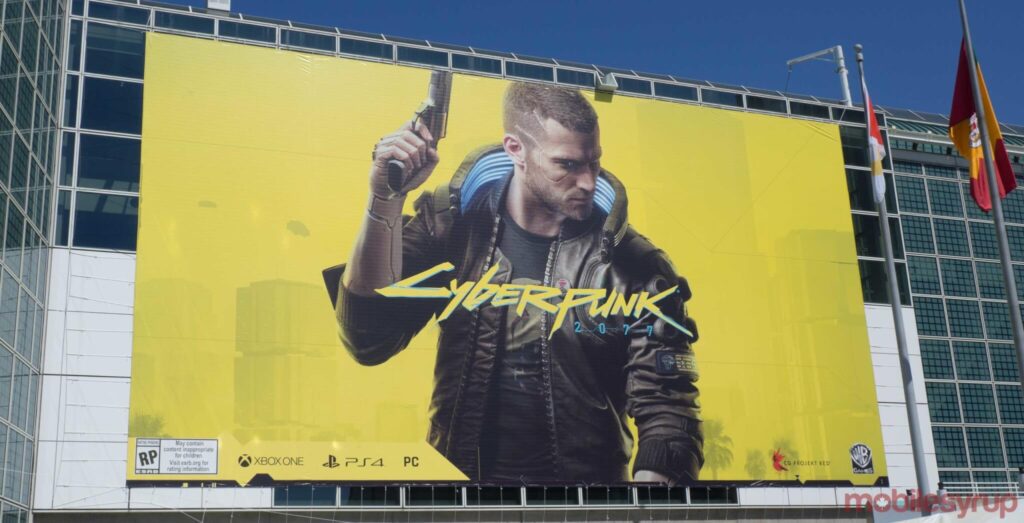
You pay one price, usually upfront, and you own the game. Once you’ve bought it, you typically get access to the full game content right from the start, with no extra costs needed to reach the ending or unlock core features.
The premium model is super common for traditional games you buy for consoles like PlayStation, Xbox, or Nintendo Switch, and many PC games too. It’s often used for big, high-budget AAA games where the developers need to make a lot of money back after spending a fortune to make it.
Many indie games on platforms like Steam also use this model, selling their game directly to players. Think of games like the award-winning Elden Ring and Baldur’s Gate 3. Most of Nintendo’s main games use this model too.
When you buy a premium game, players generally expect a complete and finished experience for that one purchase price… and no ads!
Free-to-play games and microtransactions
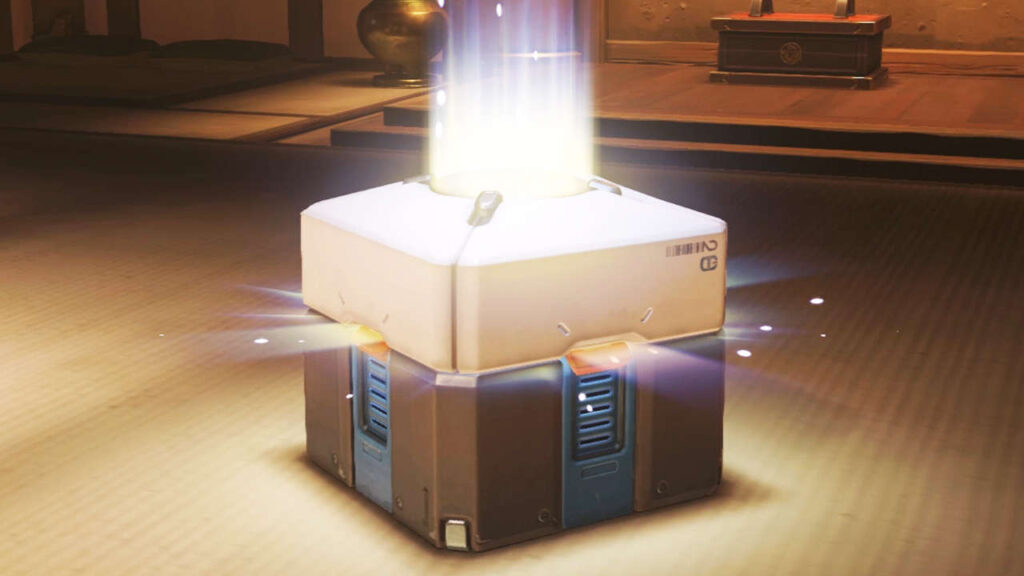
This monetization model completely changed the game industry, especially in mobile gaming. Free-to-play (F2P) means you can download the game and start playing it for free – there’s no upfront cost to jump in, which lowers the barrier for players to try it out.
So, how do they make money? Through microtransactions (and, as we’ll later see, ads). These are optional purchases you can make inside the game itself.
Some are purely cosmetic, like cool outfits or weapon skins in games like Fortnite or Apex Legends. Other microtransactions offer convenience, like shortcuts to speed up progress or items that refill your energy in certain mobile games.

More controversial types can involve buying things that give you a direct advantage over players who don’t pay – these are often disliked by players because they can make a game feel unfair, sometimes called “pay-to-win.”
The same goes for loot boxes, often laced with predatory practices akin to gambling, which attracted heavy criticism.
Battle passes are also popular now – you pay for a special track of rewards that you unlock as you play through a season. This model is everywhere and is common in many online multiplayer games (notably in mobile) and games designed to be played for a very long time.
Other examples of free-to-play games with microtransactions: Genshin Impact, Candy Crush Saga, Pokémon GO.
Subscription services
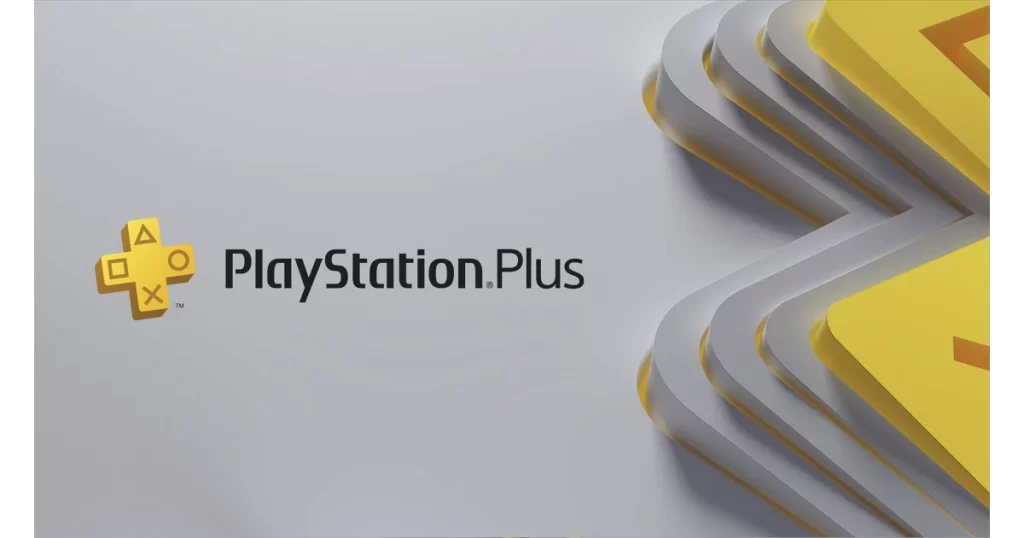
With the subscription model, you don’t buy the game itself. Instead, you pay a regular fee, usually every month or year, to access it or a library of games. If you stop paying, you lose access until you subscribe again.
This model is common for games that require a lot of ongoing work from the developers, like MMORPGs. These games have huge online worlds that need server maintenance, bug fixes, and regular big updates with new content to keep players engaged for years.
The obvious examples include World of Warcraft and Final Fantasy XIV – you pay a monthly fee to play in their persistent online worlds. Another popular use of the subscription model is for game library services, like Xbox Game Pass or PlayStation Plus. With these, you pay a monthly fee to get access to a large catalog of different games that you can download and play whenever you want, as long as you stay subscribed.
Services like Nintendo Switch Online also fit here, offering online play, cloud saves, and access to a library of classic games for a recurring fee.
Ad-based monetization

This monetization model is very simple to understand and you see it all the time, especially on mobile gaming. It means the game is completely free to download and play, and the way the game makes money is by showing you advertisements.
How does this work? Ads pop up at different times – maybe between levels, when you pause the game, or on the main menu.
Sometimes, games use what are called “rewarded ads.” This is where the game offers you something valuable in the game (like extra lives, in-game currency, or a bonus item) if you choose to watch a short video ad.
This model is everywhere in casual mobile games and very simple, often called “hyper-casual” games, which are designed for bite-sized play sessions. Many free puzzle games, simple arcade titles, or word games you find in app stores rely on showing ads to make money.
The trick for developers using this model is finding the right balance: show too many ads, and players will get annoyed; too few, and you won’t make enough money.
DLCs and expansion packs
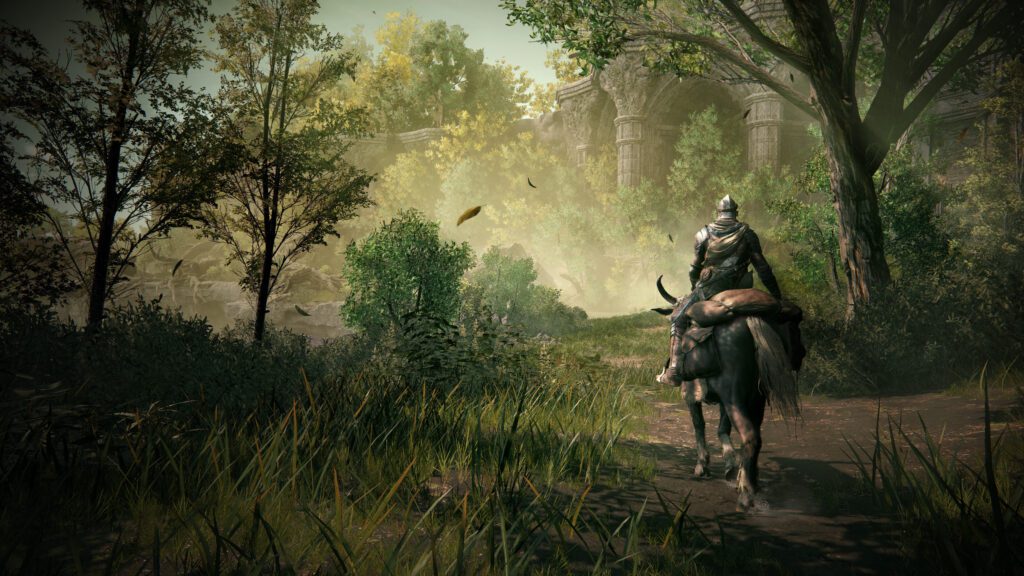
This model isn’t always the main way a game makes money, but it’s a very common way to add revenue and extend a game’s life after it has already been released, often building upon a premium or sometimes even an F2P base.
DLC (downloadable content) and expansion packs are additional content that players can purchase separately after buying the main game. The latter are usually bigger and add significant new features, story chapters, or large areas, while standard DLC might be smaller additions like new items, costumes, or maybe a couple of extra levels.
This works by giving developers a way to keep adding value and earning revenue from players who enjoyed the base game. It’s a way to keep a successful game relevant and give players a reason to return, sometimes years after the original launch.
It’s widely used across many genres, like The Witcher 3, which released two massive, critically acclaimed expansion packs that were almost like sequels in themselves, or games like Destiny 2, which relies heavily on large, regular expansion packs to introduce new storylines and gameplay loops.
Strategy games like the Civilization series often release numerous expansion packs and smaller DLC “civilization packs” to add new ways to play. We can also mention RimWorld, The Sims, Cities Skylines, and even online games like Guild Wars 2 and Elder Scrolls Online.
It doubles as a great way to extend the life of games that players love with additional content.

Game monetization models: closing thoughts
Whether it’s buying a game upfront, making small purchases inside, paying a monthly fee, watching ads, or buying extra content later, there are many ways games stay afloat.
The best game monetization model depends on the game, but they have a singular goal: to fund the creation and support of the experiences we love!
Got that dream game idea bouncing around? Making it real needs expert hands. At Main Leaf, we help turn those dream games into reality. We offer skilled development and outsourcing, ready to build your project from the ground up. Let’s partner up and make the game you’ve always wanted to play (and maybe even sell!) a smashing success.
